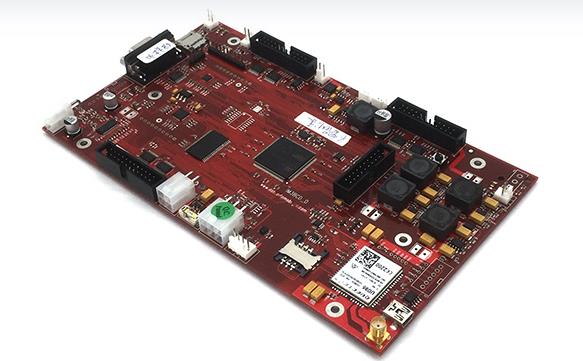What are the characteristics of reflow soldering process?
Reflow soldering refers to a soldering process that realizes the mechanical and electrical connection between the solder ends or pins of surface assembly components and the PCB pads by melting the solder paste printed on the PCB pads in advance.
1. Process flow
The process flow of reflow soldering: printing solder paste - patch - reflow soldering.
2. Process characteristics
The size of the solder joints is controllable. The desired solder joint size or shape requirements can be obtained through the size design of the pad and the amount of solder paste printed.

The application of solder paste generally adopts the method of stencil printing. In order to simplify the process flow and reduce the production cost, the solder paste is usually printed only once for each welding surface. This feature requires that the components on each assembly surface can use a steel mesh (including the same thickness steel mesh and step steel mesh) for solder paste distribution.
The reflow oven is actually a tunnel oven with multiple temperature zones, whose main function is to heat the PCBA. The components laid out on the bottom surface (side B) should meet certain mechanical requirements, such as BGA package, the requirement of component quality and pin contact area ratio ≤0.05mg/mm2, in order to prevent the top surface components from falling when soldering.
During reflow soldering, the components are completely floating on the molten solder (solder joint). If the pad size is larger than the pin size, the component layout is heavier and the pin layout is small, it is easy to shift under the asymmetric surface tension of molten solder or forced convection hot air in the reflow soldering furnace.
Generally speaking, for a component that can correct its position, the larger the pad size and the overlap area of the solder end or lead, the stronger the positioning function of the component. We use this point to design specific pads for components with positioning requirements.
The formation of the weld (point) morphology mainly depends on the wetting ability of the molten solder and the effect of surface tension, such as 0.44mmQFP, and the printed solder paste pattern is a regular cuboid.
iPCB is a high-tech manufacturing enterprise focusing on the development and production of high-precision PCBs. iPCB is happy to be your business partner. Our business goal is to become the most professional prototyping PCB manufacturer in the world. Mainly focus on microwave high frequency PCB, high frequency mixed pressure, ultra-high multi-layer IC testing, from 1+ to 6+ HDI, Anylayer HDI, IC Substrate, IC test board, rigid flexible PCB, ordinary multi-layer FR4 PCB, etc. Products are widely used in industry 4.0, communications, industrial control, digital, power, computers, automobiles, medical, aerospace, instrumentation, Internet of Things and other fields.